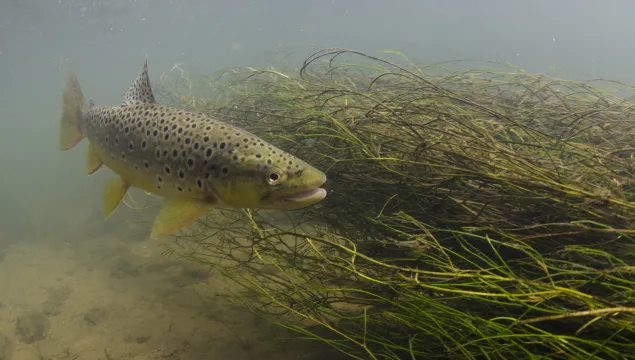
Brown trout
A fierce predator of small fish and flying insects, the brown trout is widespread in our freshwater rivers. It is has a golden body, flanked with pale-ringed, dark spots.

A fierce predator of small fish and flying insects, the brown trout is widespread in our freshwater rivers. It is has a golden body, flanked with pale-ringed, dark spots.
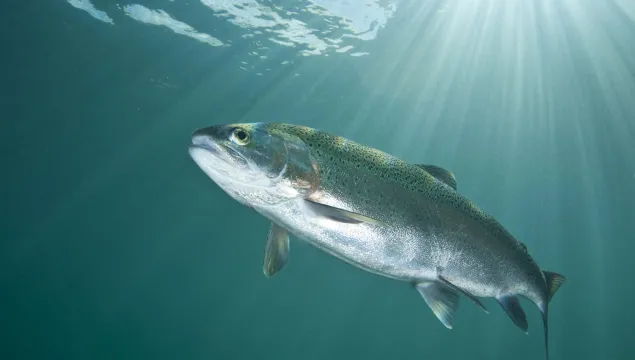
With a silvery body, and purple, pink and bluish streaks down its flanks, the rainbow trout lives up to its name. Popular with anglers, it is actually an introduced species in the UK.
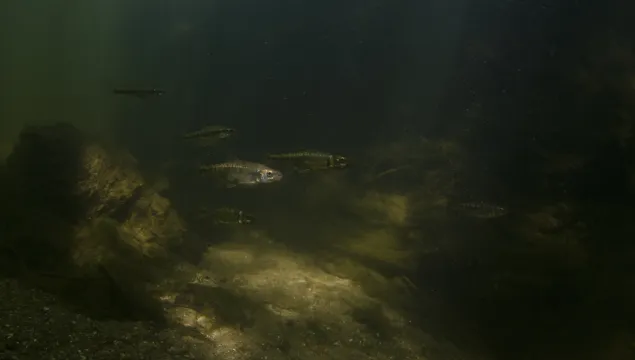
A common and diminutive fish, the minnow can be found in freshwater streams, rivers and lakes across the country. Look out for the dark stripe along its flank and the red bellies of the males.
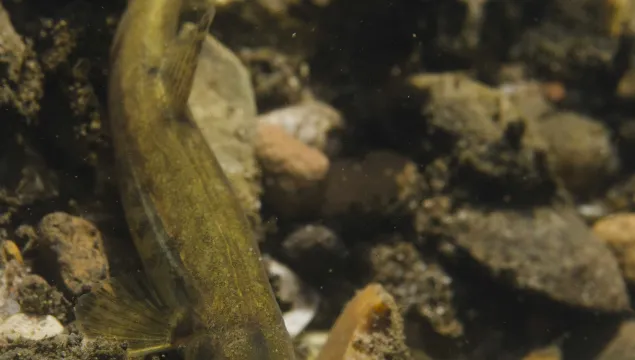
The stone loach is notoriously hard to spot - not only is it mostly nocturnal, it is also well camouflaged and can partially bury itself in the riverbed. It uses its whisker-like barbels to find its prey.
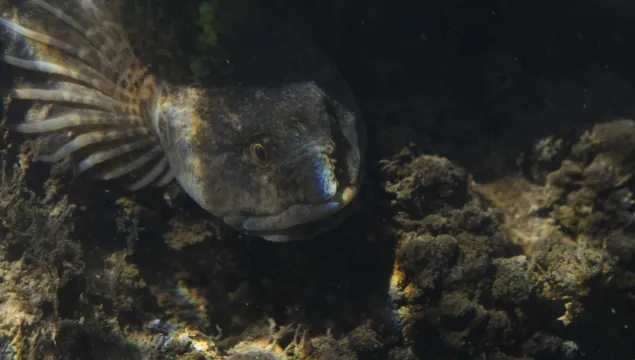
Living up to its name, the bullhead has a characteristically large, flattened head and a tapering body. Look out for it in fast-flowing, stony rivers and streams.
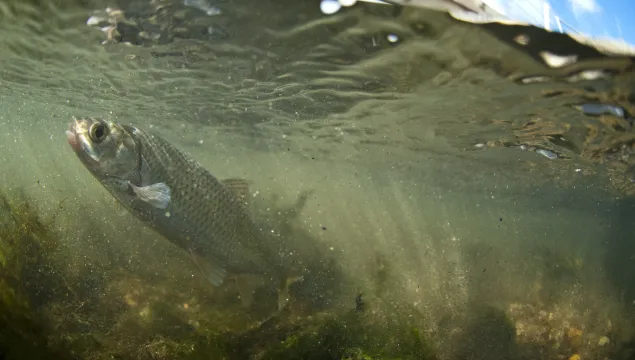
The silvery dace can be seen gathering in large shoals in lowland rivers and streams. It is a member of the carp family and looks very similar to the chub, but is smaller.
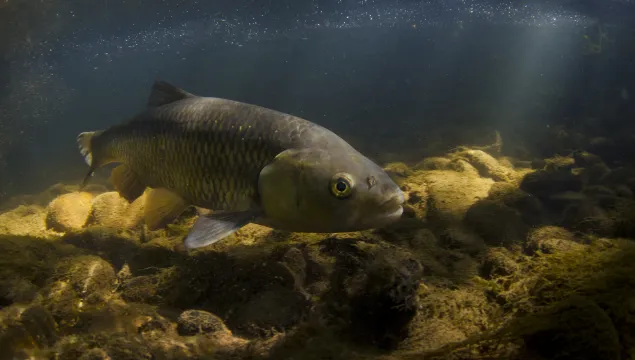
The silvery chub can be seen gathering in large shoals in lowland rivers and streams. It is a member of the carp family and looks very similar to the dace, but is larger and has redder fins.
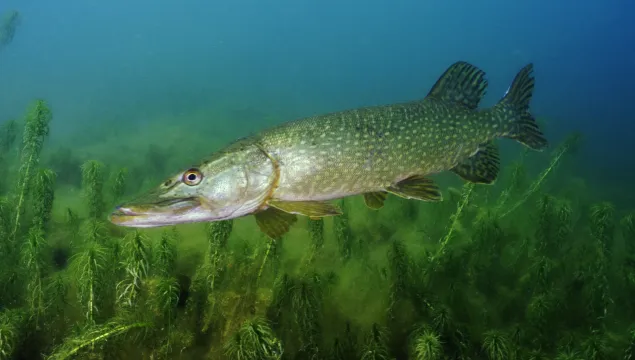
Famously predatory, the long, slender pike will lurk among the vegetation of a river or lake, bursting out with ferocious speed to catch its prey. Look out for it across the UK.
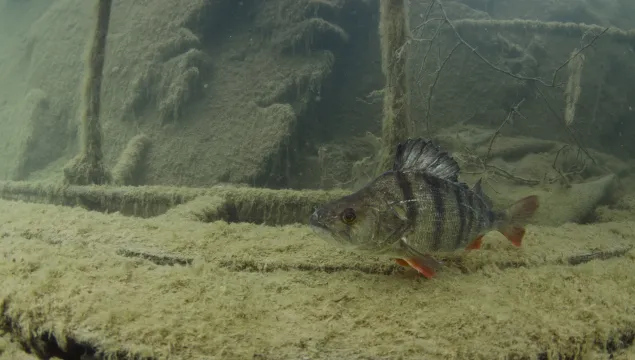
With tiger-like stripes, red fins and a humped back, the perch is a striking fish. It can be seen in lowland waterbodies and waterways across the UK, often in shoals.
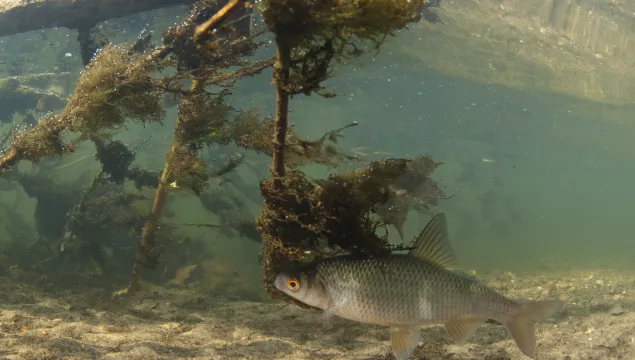
The silvery roach can be seen gathering in large shoals in lowland ponds, lakes and slow-flowing rivers. It is a member of the carp family and looks very similar to the dace, chub and rudd.
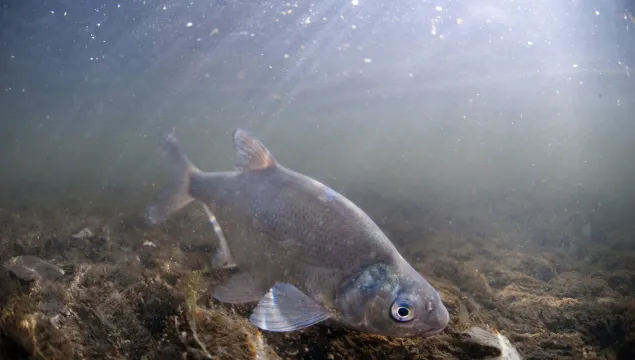
The bronze-coloured bream can be seen gathering in large shoals in lowland ponds, lakes and slow-flowing rivers. It is a member of the carp family and looks similar to the dace, chub and rudd.
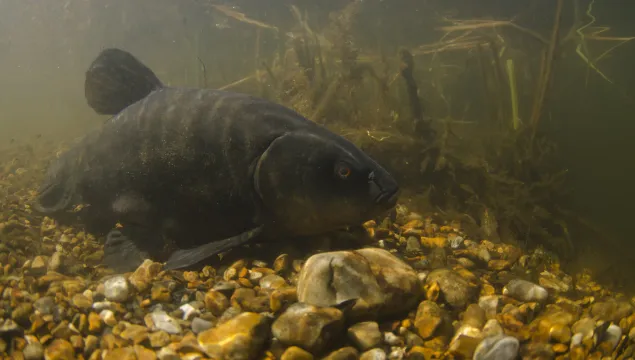
A handsome fish, the tench has olive-green flanks, powerful fins and distinctive red eyes. It can be found in lowland lakes and slow-flowing rivers around the UK.